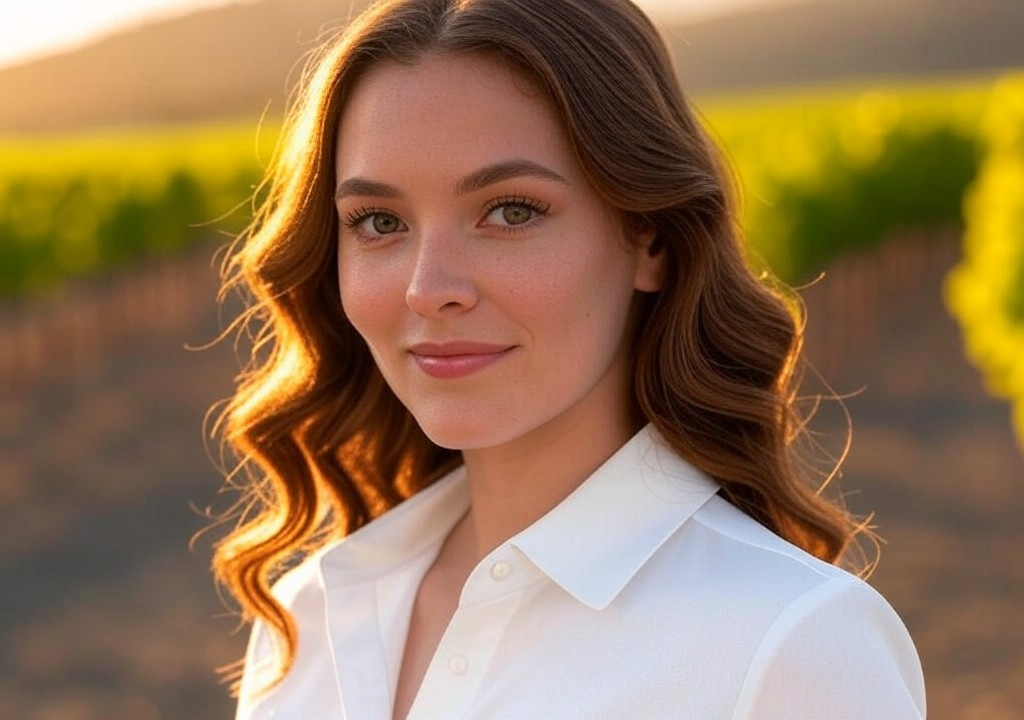I’ll never forget the email that started it all. Subject line: “Need an article on modern romance by EOD (no pressure!).” My editor at the time, an unflappably cheery woman named Claire, loved punctuating her stress-inducing requests with casual disclaimers. And me, wanting to please and conveniently missing the warning signs of impending chaos, fired back: “On it!”
Little did I know, that innocuous email would lead to the hardest piece I’ve ever written. Not because romance is some untamed beast I hadn’t wrestled myself, but because I was diving into a topic that felt raw, heavy, and—to be honest—more vulnerable than I cared to admit.
Let’s rewind for context. I’m a writer who grew up in Napa Valley, with its sunbathed vineyards and picture-perfect aesthetics. Romance was woven into my surroundings like grapevines into the soil. Couples toasted over candlelight at winery dinners; proposals unfurled like corks popping at sunset. It was dreamy, intoxicating—a vision of love so glossy it belonged on a vintage postcard.
But beneath the grandeur of those rolling hills and rosé-kissed evenings, I noticed something unsettling: reality rarely gleamed as brightly as the wine goblets polished for Instagram. My own love life had been a mélange of awkward missteps, false starts, and silent dinners that felt longer than a semester of French verb conjugations. Romance, for all its poetic allure, was often hilariously messy. I knew that intimately.
So, when Claire tasked me with tackling the paradox of modern love—what we think it looks like versus what it often actually is—it felt both daunting and personal. Here's the story of how I pulled it off—and the lessons it left me with.
The Problem with Chasing "Perfect"
To tackle the piece, I needed to reconcile my rosy Napa upbringing with reality. For years, I had bought into the myth that great love equals grand gestures: the New Year’s kiss under fireworks, the hand-holding stroll through Paris (preferably with Edith Piaf crooning in the background).
But real relationships don’t come with choreographed lighting or an executive producer. Let’s be honest—sometimes they’re more like a Gordon Ramsay cooking session gone haywire. Flirting burns, misunderstandings boil over, and occasionally someone storms out holding the proverbial raw scallop … aka their feelings.
I knew I had to reflect that contrast to readers—strip love down to its bare truth, a little ugly and unpredictable, yet also weirdly beautiful.
And yet, no matter how honest I tried to be, part of me hesitated to turn the mirror inward. It was one thing to chronicle my vineyard-infused upbringing where romance felt like it paced to Sade’s “Smooth Operator.” It was another to admit the time I cried because someone ghosted me after six weeks of Netflix-and-wine dates. Vulnerability became my bottleneck.
Writing What Scares You
About three days into brainstorming, I had a revelation fueled by a generous pour of Zinfandel and an accidentally overcooked tartlet. I realized I wasn’t writing the article because I was avoiding the hard stuff—you know, the stuff that felt like showing up to a dinner party empty-handed and in last season’s shoes.
Every word on the page begged to be filtered, refined, or polished to match a version of myself that maybe didn’t exist. The polished Briar would’ve dazzled you with her seamless baked brie recipes and perfect pairings of Pinot and flirtation techniques. But the real Briar? She liked fancy cheese but sometimes felt very single eating it straight out of the fridge.
So, I scrapped everything and wrote what scared me instead: I wrote about love’s unfiltered side.
Lessons Learned (and Shared with Readers)
After many drafts, I landed on something that felt … right. It wasn’t tidy, but it was authentic. To my surprise, the piece sparked incredible responses from readers—it turned out we’re all a little clumsy when it comes to love. I distilled my biggest takeaways into these relatable truths:
-
Love Is Like Cooking for Two … When You’re a Recipe Hoarder:
Dating someone means blending ingredients (aka personalities). Sometimes that blend is as harmonious as spaghetti and Chianti; other times, it’s cilantro in everything when you’re firmly an anti-cilantro person. It’s okay not to like every flavor—but respect the recipe. -
The Highlight Reel Is a Lie:
Social media wants us to believe love means champagne-soaked weekends and couples’ massages with matching robes. But behind every posed photo is a real moment no one talks about: missed reservations, arguments over grocery lists, or someone accidentally drinking all the wine meant for the risotto. -
Vulnerability Gets You the Good Stuff:
Relationships thrive not on perfection but on connection. You can’t forge that connection without lowering the drawbridge to let someone see inside—yes, even the parts with dishes in the sink and a half-eaten baguette from two days ago.
The Payoff
That article, despite being agonizing to write, made me see something clearly: the version of love we’re sold, with its cinematic sunsets and perfect pairings, is not the one people truly want or even need. Vulnerable, imperfect love—the kind that spills wine on your favorite shirt but also knows just how you like your eggs—that’s where the magic lives.
I sometimes think back to that email from Claire, the deadline that loomed like an unruly storm cloud. Pushing through the discomfort of writing something deeply honest taught me that relationships, much like this piece, thrive on effort, patience, and just the tiniest hint of bravery.
So, the hardest piece I’ve ever written? It turned out to be one of the best. Because it reminded me (and, hopefully, reminded others) that love, in all its wobbly, wine-stained glory, is still worth toasting to.
And that, my friends, is something I’ll always raise a glass to—preferably with bubbles. Cheers!




















